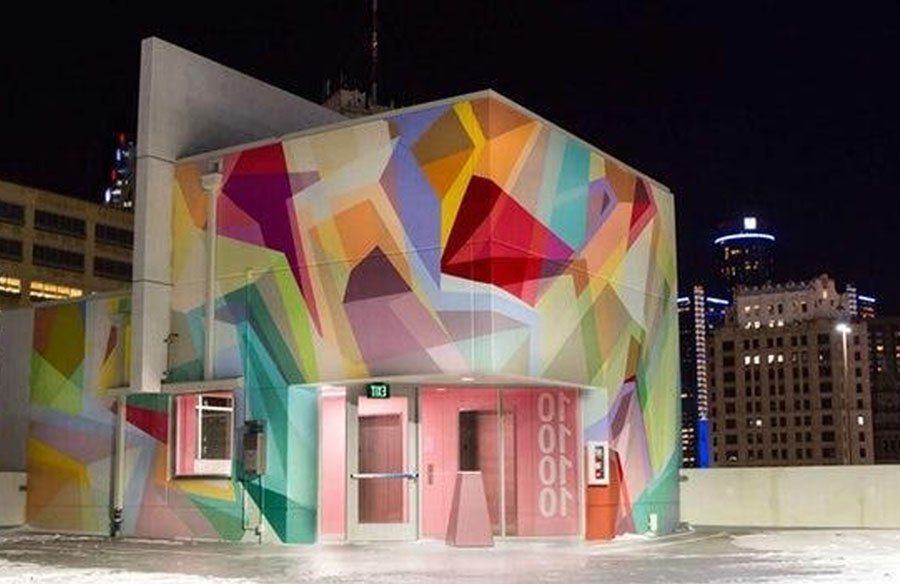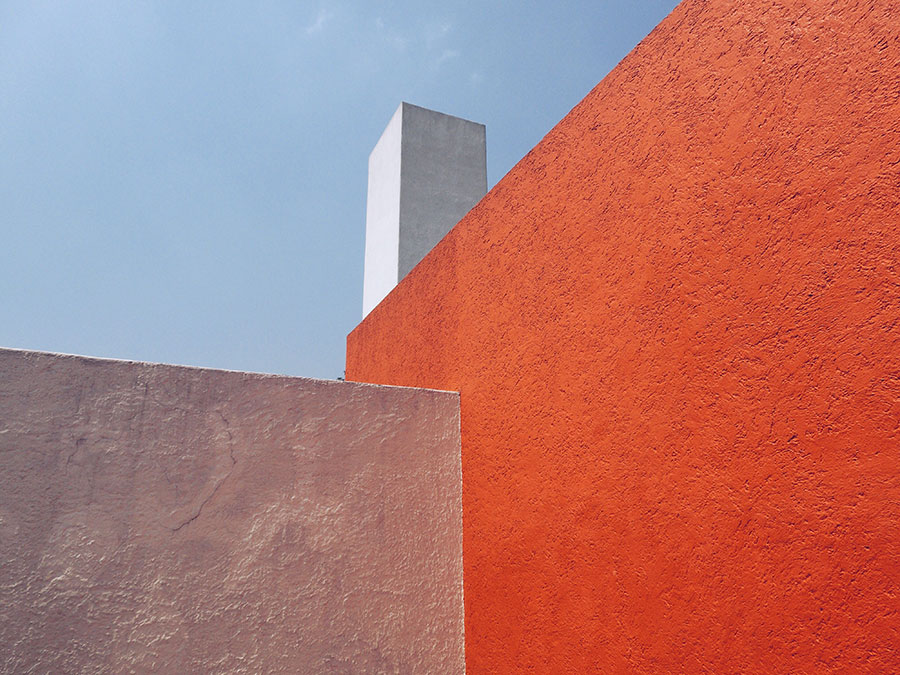Facts
- Inhabitants – Around 677,000
- Area – 370.2 km2
- Educational institutions –
- The University of Michigan, Tubman School of Architecture,
- Penny Stamps School of Art and Design,
- The University of Detroit, Mercy College of Architecture,
- Lawrence Technological University
- 2 globally renowned design schools:College for Creative Studies (“CCS”) and
Cranbrook Academy of Art.
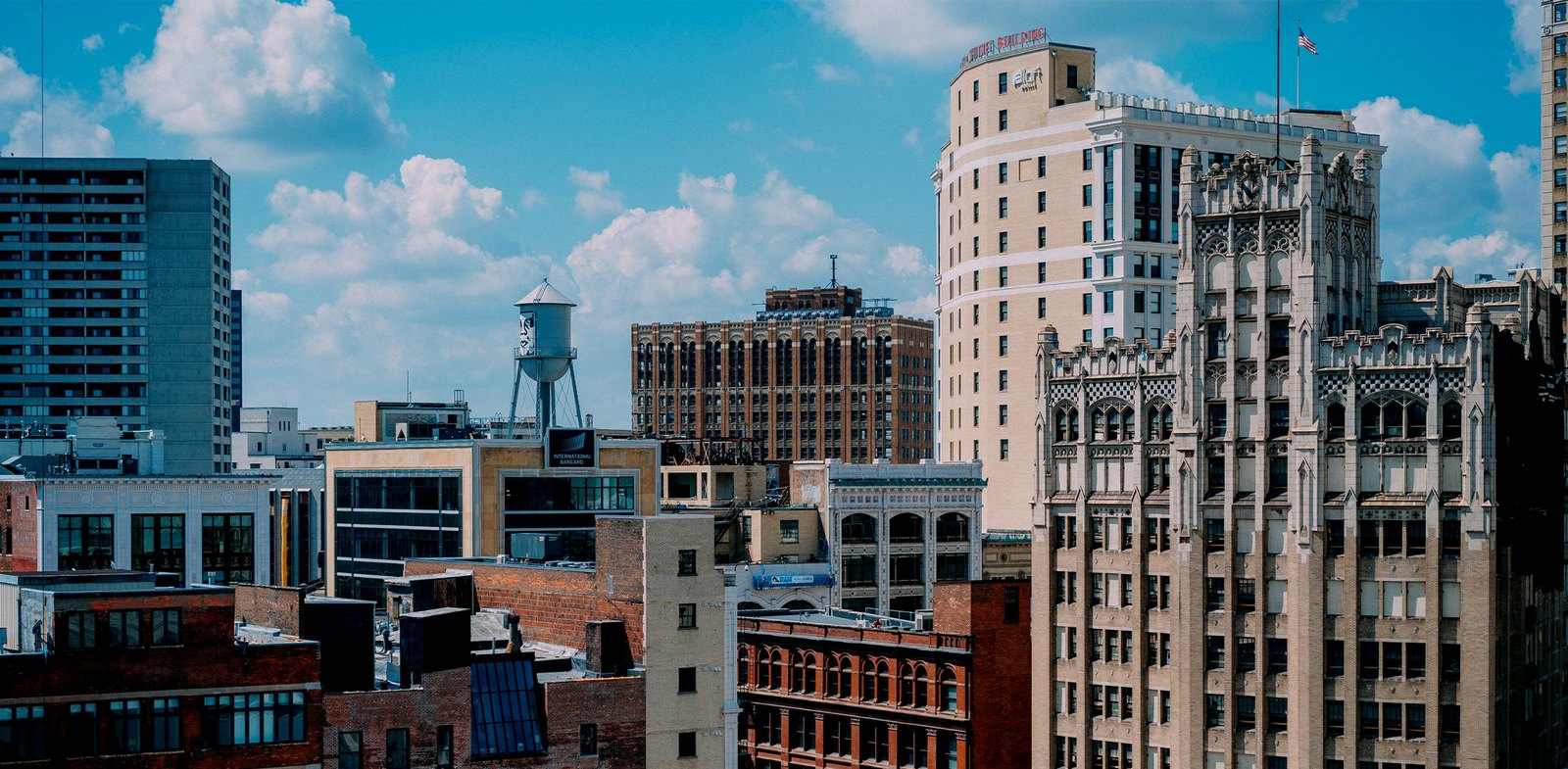
Design Core Detroit, armed with a rich heritage, a richness of assets, and a vision for the future, applied to join the United Nations Educational, Scientific, and Cultural Organization (UNESCO) Creative Cities Network two years ago, working with several partners through its Advisory Board.
On December 11, 2015, Detroit became the first and only city in the United States to be designated as a UNESCO City of Design, joining a network of 31 design cities and 180 cities worldwide that are focused on leveraging creativity as an engine for sustainable and equitable development.
Cities that join the Network demonstrate their commitment to exchanging best practices, building collaborations that support innovation and the cultural industries, increasing involvement in cultural life, and incorporating culture into urban development plans.
Detroit has been an active participant in the network during the last year, attending yearly meetings and engaging in design weeks, forums, and convenings with other network members. So far, more than 100 Detroiters have visited cities such as Seoul, South Korea, and Saint-Etienne, France.
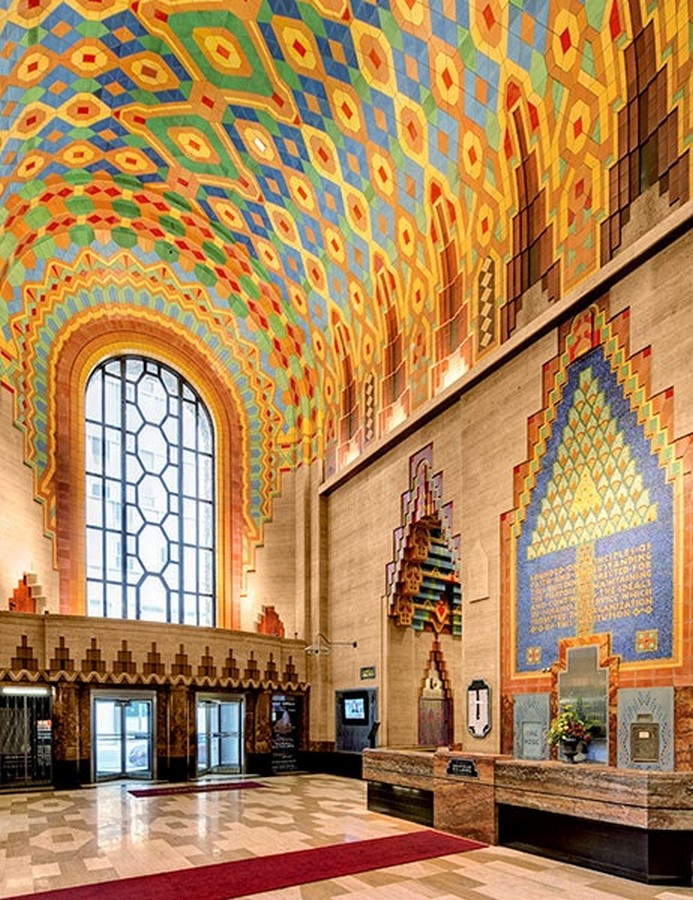
The city of Detroit was once a symbol of American urban ruin as a result of globalization and automation, but it has since recovered due to its affordability, accessible space, access to resources, and preference for industrial and modern architecture. Detroit has long been a creative hotspot, with legendary designers such as Eames, Knoll, Saarinen, and Yamasaki, as well as artists and craftspeople, contributing to a rich legacy of design, innovation, and creativity that has transformed the world. It also acts as and dominates as an industrial powerhouse, fueling the rise of the automobile sector. The city’s strength resides in its ability to provide talent, research, and innovation, as well as educational institutions, cultural institutions, and community-driven design.
Many artists and designers are interested in gradually altering and revitalizing the impoverished neighborhoods of Detroit and its neighboring areas. According to UNESCO, these designs have been the driving force behind the city’s regeneration and revitalization, as well as a major source of economic growth, as this industry employs over 45,000 people and generates $US 2.5 billion in wages. The city’s cultural revival is being acclaimed, and enterprises like Shinola, as well as new hotels, galleries, and restaurants, are bringing attention back to the city that was once the epicenter of American industrialism.
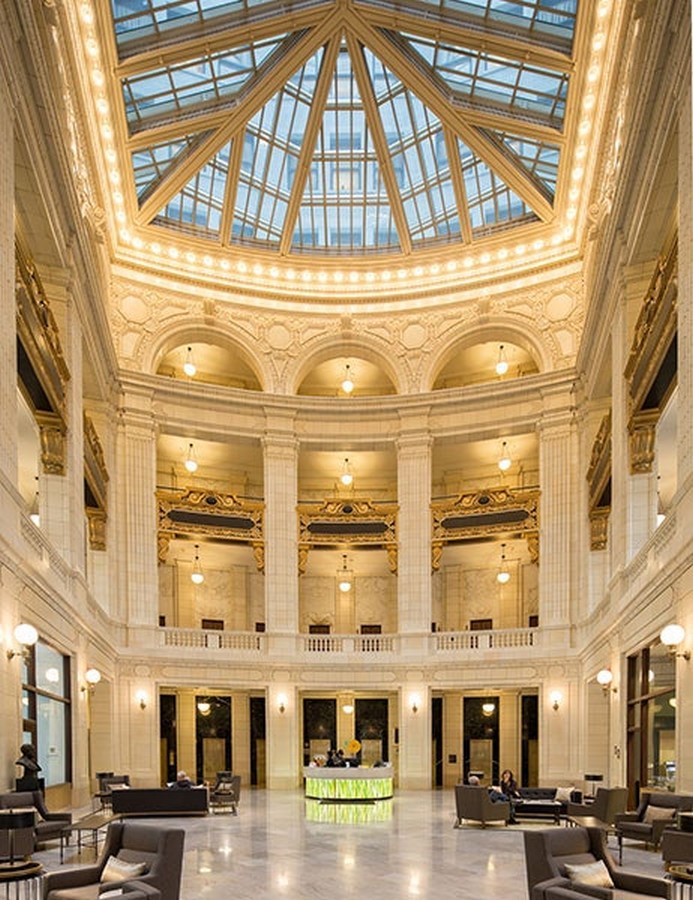
On December 11, 2015, Detroit was declared as a UNESCO City of Design, recognizing the city’s design tradition and dedication to developing cultural creative industries. It is the only city in the United States to receive the award, joining a total of 116 cities in UNESCO’s Creative Cities Network. Cities that join this network pledged to share best practices, form partnerships, and encourage innovation and the cultural industries to increase involvement in cultural life and integrate culture into urban development plans.
To commemorate this distinction, the city declares September to be Detroit’s Month of Design, a renamed and extended event of the Detroit Design Festival held by the Design Core Detroit to showcase the work and ideas of local designers and organizations. The city has been an active participant in the network for several years, attending annual meetings and engaging in design forums and conventions with other network members.
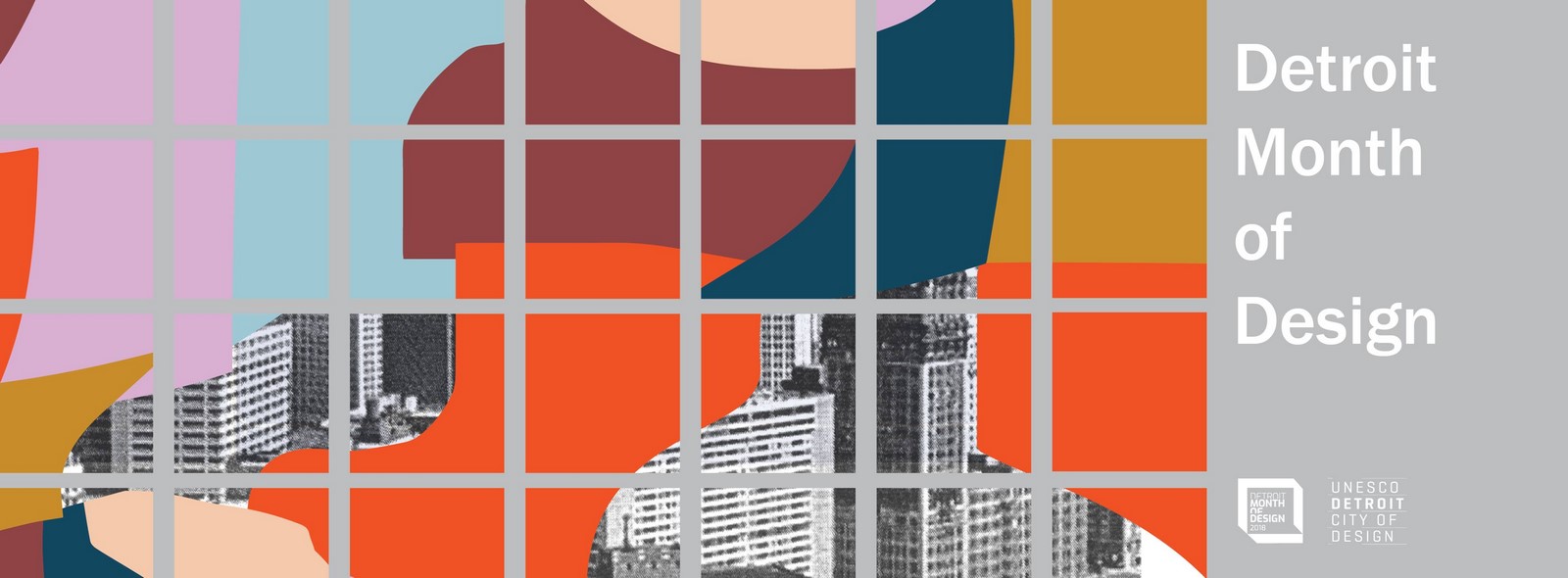
The Design Foundation Detroit was responsible for Detroit’s inclusion in UNESCO’s Creative Cities network, and it is still responsible for the ongoing work that has resulted from the distinguished accolade. The non-profit organization has also created the Detroit Design Network and the Commerce Design: Detroit competition, both of which aim to lure design enterprises to the city by raising market demand and promoting Detroit’s design locally and globally. The Detroit Design Festival is one of North America’s major design festivals dedicated to freelancing professionals, bringing hundreds of the world’s finest designers over its seven-year history. The festival features 70 workshops and exhibitions that are attended by over 500 designers from across the world each year.
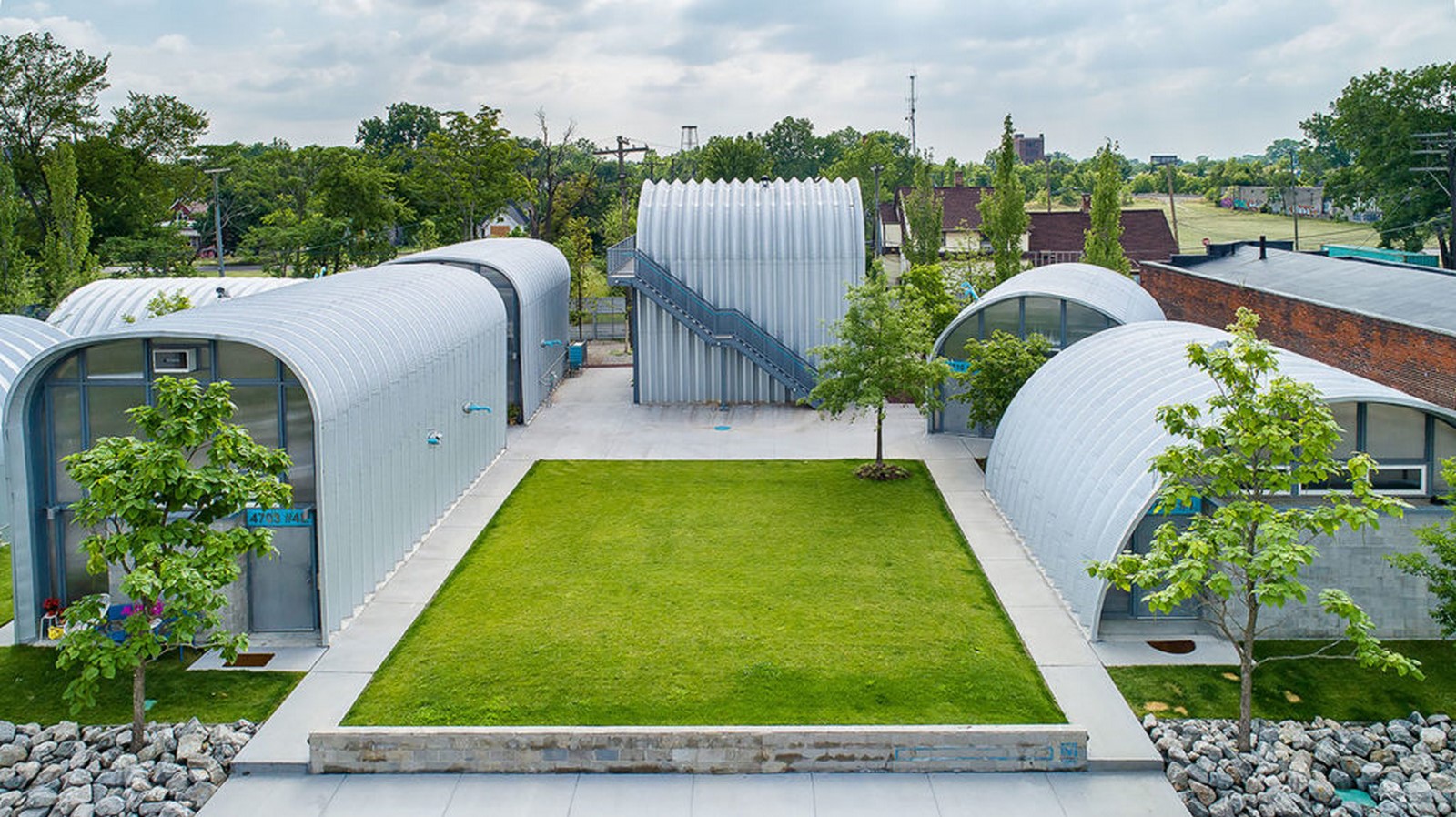
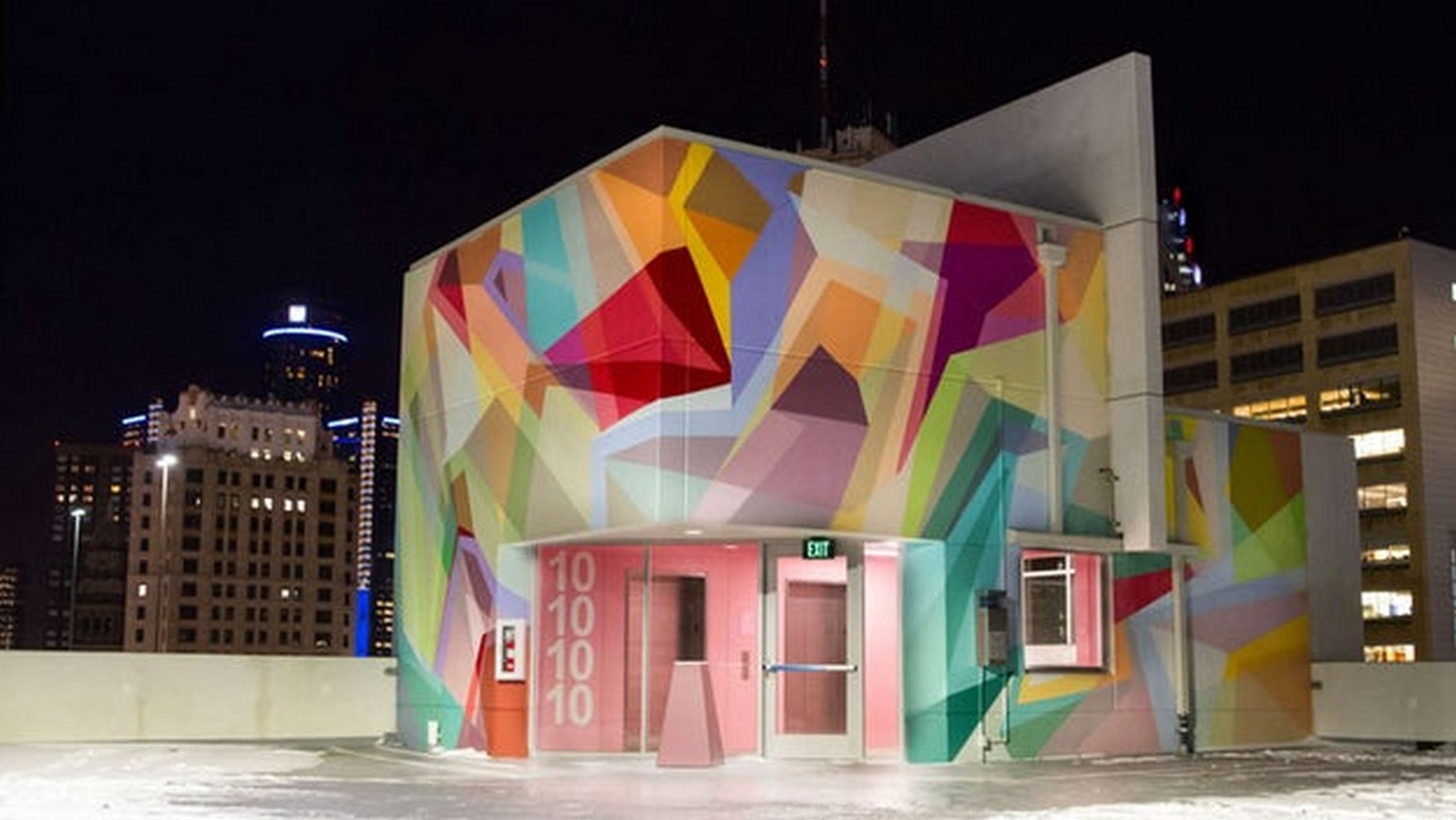
Soon after the recognition of UNESCO City of Design, Detroit unveiled the Detroit City of Design Action Plan that seeks to develop Detroit as a global leader in the practice of inclusive design which considers the entire spectrum of cultural diversity and individual experiences to create solutions that have a social impact and place creative and cultural industries at the heart of the city’s plans thereafter revitalizing the city.
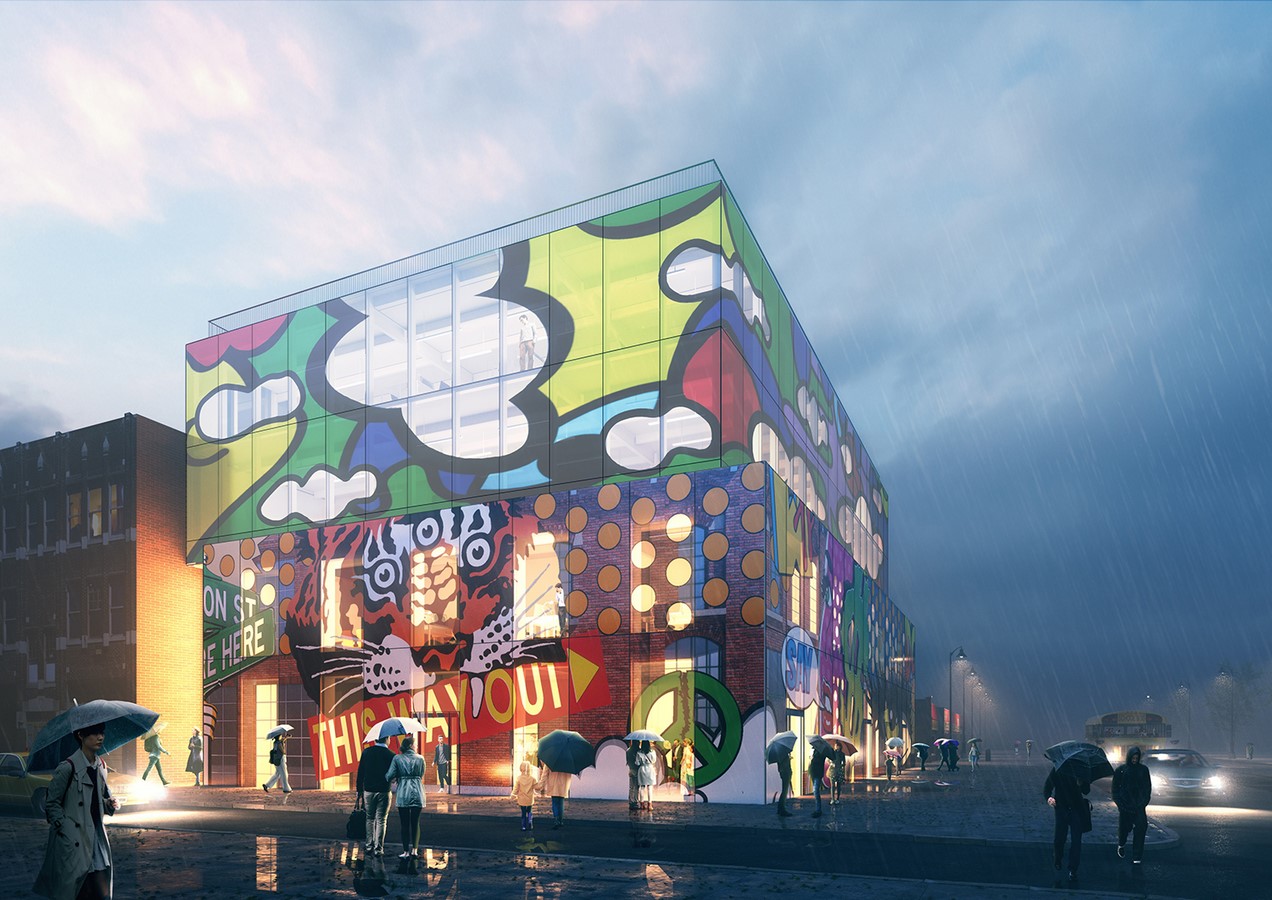

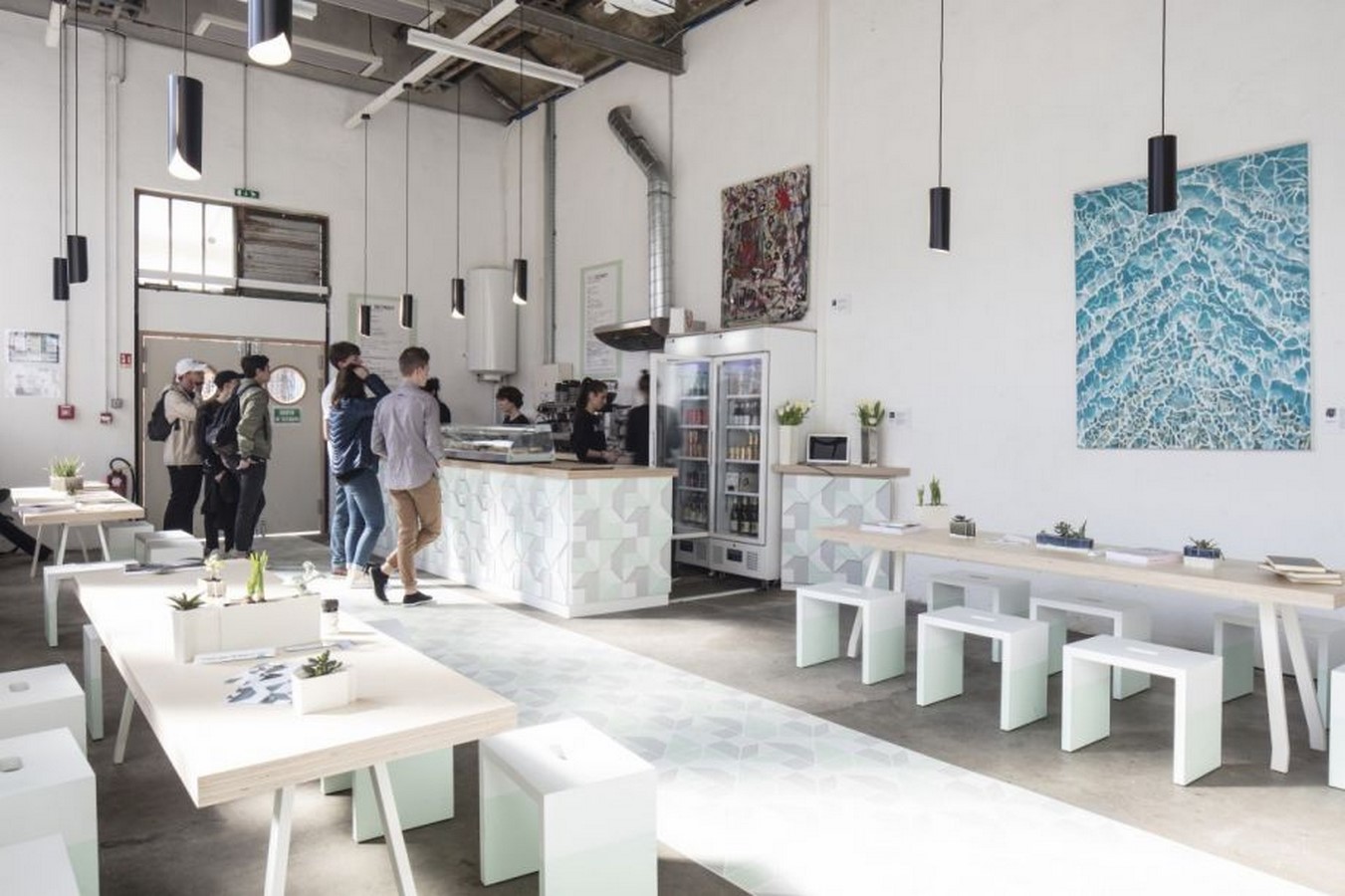
Along with the Design Core Detroit festivals and works, the city attracts millions of visitors each year for its historical and modern-day automotive sites, thriving art scene, breathtaking Art Deco structures, and hosting of the International Auto Show. The collective efforts of local government, planners, designers, and the general public have aided in transforming the “forgotten city” into the “city that could.”


